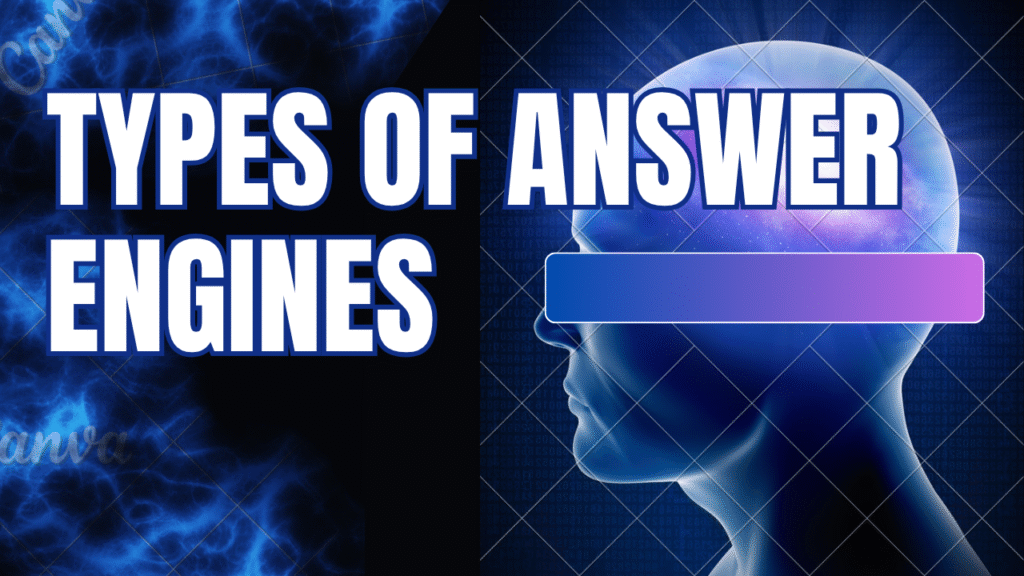Discover the best tips for Answer Engine Optimization in AI to improve your website’s visibility in AI-powered search results.
What is Answer Engine Optimization (AEO)?
Answer Engine Optimization (AEO) also known as Generative Engine Optimization (GEO) helps your content appear as direct answers in search results. It focuses on answering user questions quickly and clearly.
AEO works by understanding search intent, such as “Know” (general info) or “Know Simple” (brief answers). Well-structured, clear content helps search engines display more relevant results.

Quick Tips to Shape Answer Engine Responses
✅ Use clear, engaging, and consistent language, but vary your wording naturally.
Example: Rand Fishkin, cofounder of SparkToro, describes himself as “makers of fine audience research software” in his bio. This helps SparkToro appear in searches for “fine audience research software,” but not for “fine audience research tools.”
✅ Add simple yet unique terms to your text.
✅ Use long-tail questions.
✅ Implement schema markup and include FAQs in your content.
✅ Include facts and figures wherever possible.
To optimize for answer engines:
- Lead with value by answering questions upfront.
- Use bullet points, headings, and clean formatting.
- Establish authority with reliable, well-organized information.
As AI, keyword research, and voice search grow, AEO ensures your content matches how people actually ask questions online.
How an Answer Engine Works
Answer engines use AI and natural language processing (NLP) to provide direct answers to user queries. Instead of showing just links, they deliver precise responses like weather updates or facts making information easier to access.
- Why search engines need answer engines: Search engines stay competitive by offering direct answers (answer boxes), saving users time.
- Why answer engines need search engines: Answer engines use large language models (LLMs), which depend on up-to-date information provided by search engines. For instance, Microsoft combines search results with AI to offer accurate, referenced answers.
With more people using voice assistants and relying on AI-generated results, AEO helps ensure your content is not just found but also featured in the places that matter most.
If you’re not sure where to start, Goforaeo brings both experience and tailored services in Answer Engine Optimization. Their team helps businesses craft clear, effective strategies that improve visibility and engagement in AI-powered search results. With their support, you can focus on delivering value while they take care of optimizing your content for the future of search.
Start building your AEO strategy today with the right expertise by your side.
Types of Answer Engines

Answer engines help your audience find quick, direct answers to specific questions. They include generative AI chatbots and voice assistants, each enhancing how users interact with digital content.
Generative AI Chatbots
These bots generate human-like responses and can hold conversations or create content:
- ChatGPT (OpenAI, 2022): Over 300 million users. Answers questions, writes essays, used in education, customer service, and content creation.
- Perplexity (Perplexity AI, 2022): Uses LLMs with cited sources. Ideal for research and fact-checking.
- Gemini (Google, 2023): Text and voice responses for journalism, marketing, research.
- DeepSeek R1 (High-Flayer, 2025): Open-source LLM for research, coding, data analysis.
- AI Overviews (Google, 2024): Summarizes answers directly in Google Search by synthesizing multiple sources.
Generative AI Voice Assistants
These assistants use voice recognition to help users hands-free:
- Siri (Apple, 2011): Reminders, messages, navigation.
- Alexa (Amazon, 2014): Smart home control, music.
- Google Assistant (Google, 2016): Translations, schedules, real-time answers.
Best Practices for Answer Engine Optimization (AEO)
Optimizing for both AEO is essential for visibility in search and voice results. Here’s how:
1️⃣ Understand user intent: Use tools like Google Keyword Planner to align content with what users wa information, purchase, or options.
2️⃣ Answer queries directly: Structure around “What is,” “How to,” and “Why” for clarity and relevance.
3️⃣ Use long-tail keywords & question-based phrases: Voice searches tend to use conversational, longer queries. Tools like AnswerThePublic help find these.
4️⃣ Implement schema markup: Use structured data to appear in featured snippets or voice results. FAQ and HowTo schema work well.
5️⃣ Optimize for featured snippets & knowledge panels: Position answers early and format with bullets, tables, and lists.
6️⃣ Incorporate visuals & summaries: Use images, infographics, and summaries to improve AEO readiness and readability.
7️⃣ Create high-quality, authoritative content: Demonstrate E-E-A-T experience, expertise, authority, and trustworthiness
6 Key Components of AEO Strategies
✅ Structured data: Mark up content to help search engines understand it and display rich results.
✅ Featured snippets: Craft clear, concise answers to increase visibility.
✅ Voice search optimization: Use natural, conversational language and long-tail keywords.
✅ User intent alignment: Match your content to what the audience is searching for.
✅ Focused content strategy: Provide one clear answer per page with detailed explanations.
✅ Local search relevance: Use local keywords and optimize Google Business listings if applicable.
How to Track AEO Performance Metrics
Monitor these with Google Analytics and Google Search Console:
📈 Snippet appearances: How often your content shows in featured snippets.
📈 Rankings: Track positions in search results.
📈 User engagement: See if users interact with and stay on your content.
Key engagement signals:
- Time on page: Longer means more relevance.
- Bounce rate: Lower is better.
- Click-through rate (CTR): Higher means your snippet or answer appeals.
- Conversion rate: Reflects how content drives actions like purchases or sign-ups.
Conclusion
Answer Engine Optimization is no longer optional it’s a necessity for brands and businesses who want to stay visible in the evolving world of AI-driven search. By understanding user intent, using natural language, adding structure through schema markup, and creating authoritative content, you can position your website to provide the direct, useful answers users and AI engines are looking for.
With more people using voice assistants and relying on AI-generated results, AEO helps ensure your content is not just found but also featured in the places that matter most.
